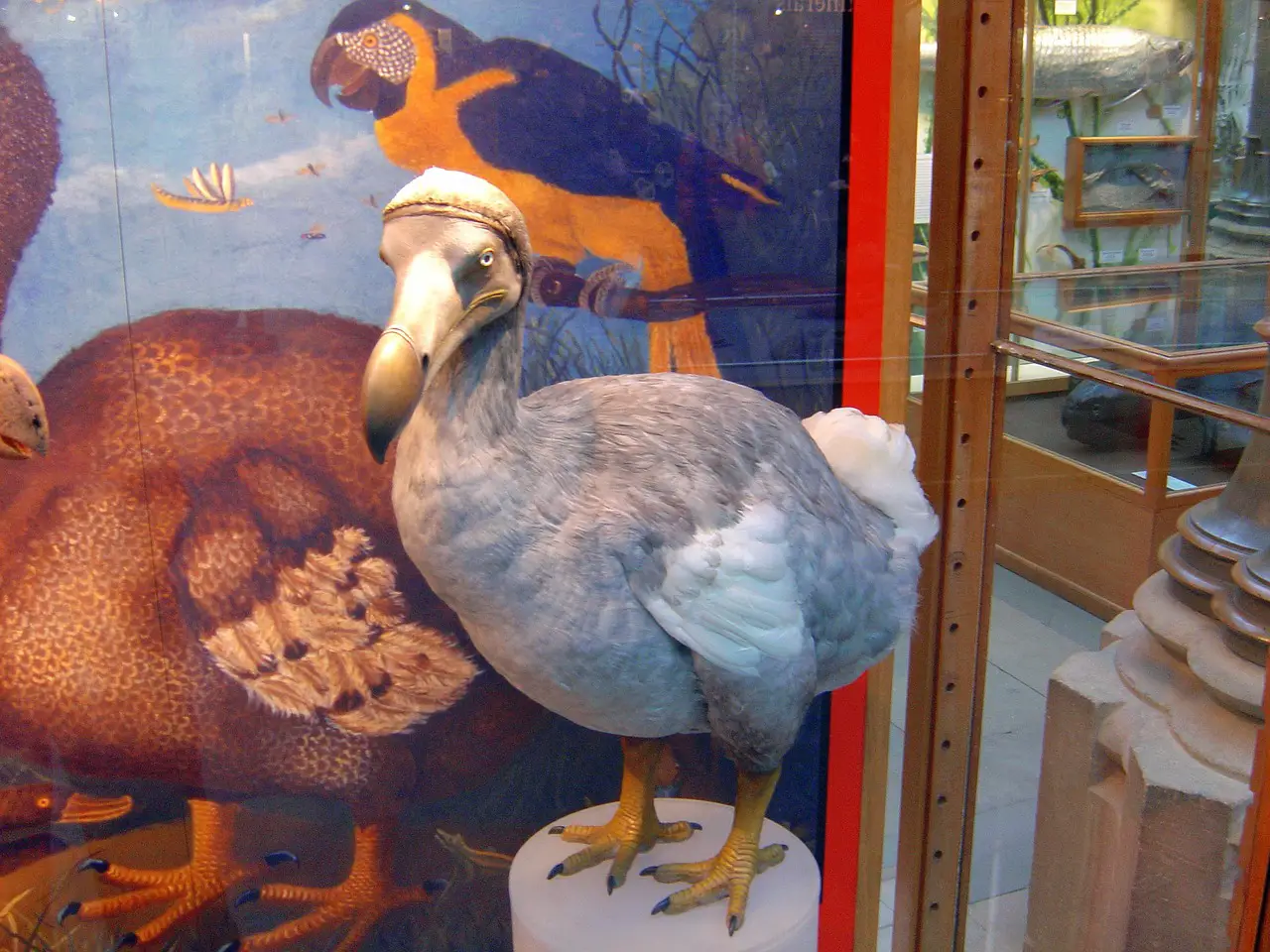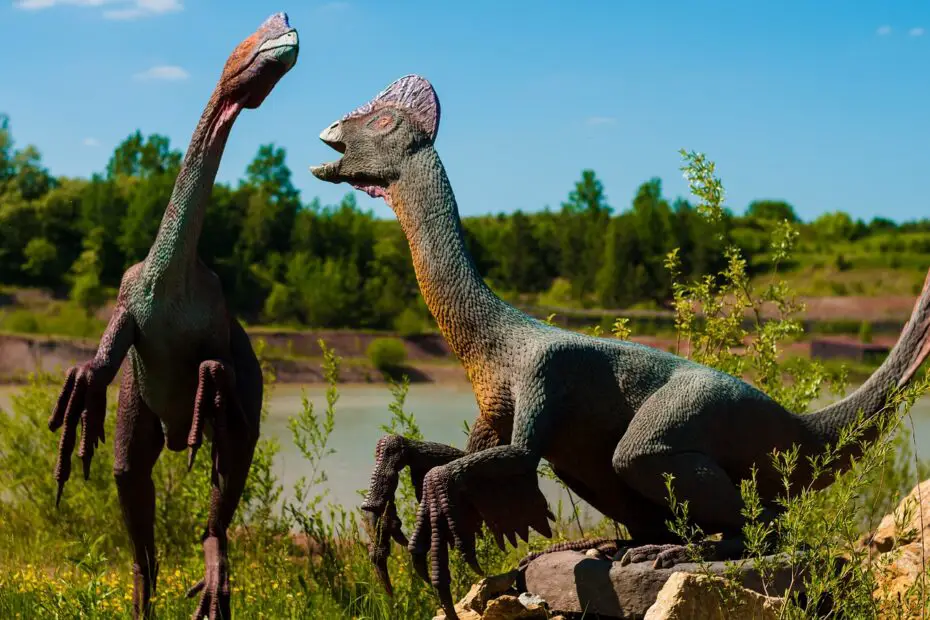Step into the world of animals that once roamed our planet but have tragically disappeared. These animals that are extinct, with their unique characteristics and significant contributions to ecosystems, left an indelible mark on our natural history. In this article, we will pay tribute to some remarkable extinct animals, understand their significance, explore the causes of their demise, and reflect on the lessons we can learn from their extinction.
You may also want to read about the top 7 scariest prehistoric animals.
The Tragic Loss of Animals That are Extinct
Join us on a journey to remember and appreciate the lives of animals that are no longer with us. Their absence reminds us of the fragility of life and the importance of conservation efforts.
The Dodo Bird: A Symbol of Extinction
Discover the captivating story of the dodo bird, an icon of extinction. Learn about its unique appearance, the challenges it faced when humans arrived on its habitat, and the circumstances that led to its ultimate demise.

The Tasmanian Tiger: A Mysterious Predator
Uncover the mystery surrounding the Tasmanian tiger, also known as the thylacine. Explore its distinctive features, the habitat it inhabited, and the tragic events that drove it to extinction.
The Passenger Pigeon: Darkened Skies
Imagine the once-darkened skies filled with immense flocks of passenger pigeons. Delve into the history of these incredible birds, their incredible numbers, and the relentless hunting that led to their disappearance.
The Woolly Mammoth: A Frozen Legacy
Travel back in time to the era of the mighty woolly mammoth. Discover the unique adaptations of these ancient giants, their interactions with early humans, and the factors that contributed to their extinction.
Unique Characteristics and Significance
Reflect upon the remarkable characteristics and ecological significance of these extinct animals. Understand their roles in their respective ecosystems and the impact their absence has had on the balance of nature.
Causes of Extinction
Examine the various causes that led to the extinction of these remarkable creatures. Explore the roles of human activities, habitat loss, climate change, overhunting, and other factors that contributed to their demise.
Conservation and Lessons Learned
Reflect on the lessons learned from the extinction of these animals and the importance of conservation efforts. Understand the need to protect and preserve vulnerable species, conserve habitats, and raise awareness about the consequences of human actions on the natural world.
Animals That are Extinct: Conclusion
The extinction of animals is a somber reminder of the responsibility we bear to protect and preserve the biodiversity of our planet. By remembering and honoring the lives of these remarkable creatures, we are inspired to take action and ensure a brighter future for the species that still grace our world.
FAQs
1. Can extinct animals be brought back to life through cloning or other scientific methods?
While there have been discussions and scientific advancements in de-extinction technologies, the resurrection of fully extinct animals remains a complex and ethically debated topic.
2. What role do humans play in the extinction of animals?
Human activities, such as habitat destruction, overhunting, pollution, and climate change, have played significant roles in the extinction of numerous animal species.
3. Are there any ongoing conservation efforts to protect endangered species from extinction?
Yes, there are extensive conservation efforts in place to protect endangered species, preserve habitats, and raise awareness about the importance of biodiversity conservation.
4. How can individuals contribute to preventing further extinctions?
Individuals can make a difference by supporting conservation organizations, practicing sustainable lifestyles, promoting responsible consumption, and spreading awareness about the importance of biodiversity.
5. Is it possible to learn from the mistakes of the past to prevent future extinctions?
Yes, by understanding the causes and consequences of past extinctions, we can make informed decisions, implement conservation strategies, and advocate for sustainable practices to prevent future extinctions.
